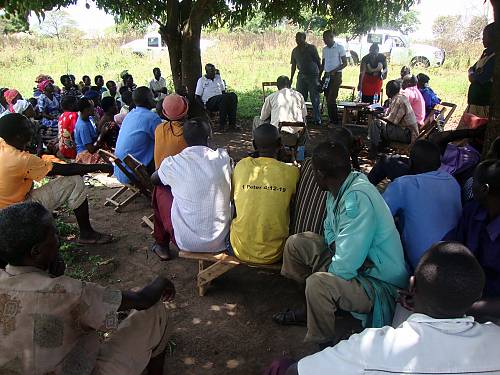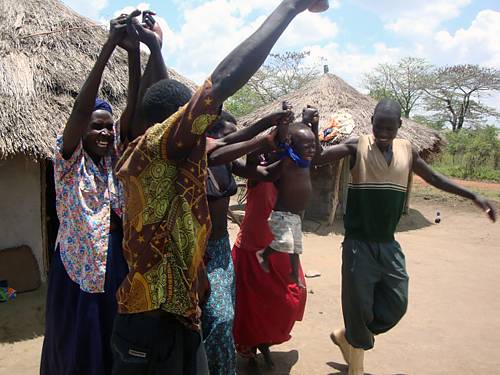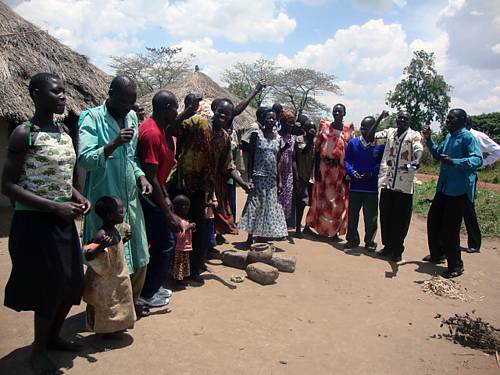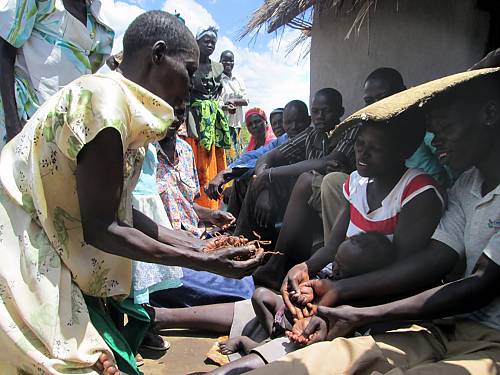Male-child cleansing ceremony of the Lango of central northern Uganda
Inscribed in 2014 (9.COM) on the List of Intangible Cultural Heritage in Need of Urgent Safeguarding

The male-child cleansing ceremony, performed among the Lango people of central northern Uganda, is a healing ritual for a male child believed to have lost his manhood. During the ceremony, the mother and male child spend three days inside the house and eat unsweetened millet porridge. The child is treated as a baby for the duration of the ceremony. On the third day, they exit the house and sit at the entrance, accompanied by a paternal cousin. The child’s hair is cut and woven into strands, which are mixed with softened ficus bark and shea butter, then tied around the child’s neck, wrists, and waist. Remaining strands are rolled into a ball, and thrown three times to the mother, cousin and child. The three are then smeared with shea butter and served pea paste, millet bread and a millet-yeast brew. Jubilations begin thereafter with ululations, singing and dancing, confirming that the child has regained his manhood. The ceremony promotes reconciliation and restores the social status of the child. Limited practice, however, is affecting its viability. Many bearers are aged and the practice is increasingly performed in secrecy for fear of excommunication.









